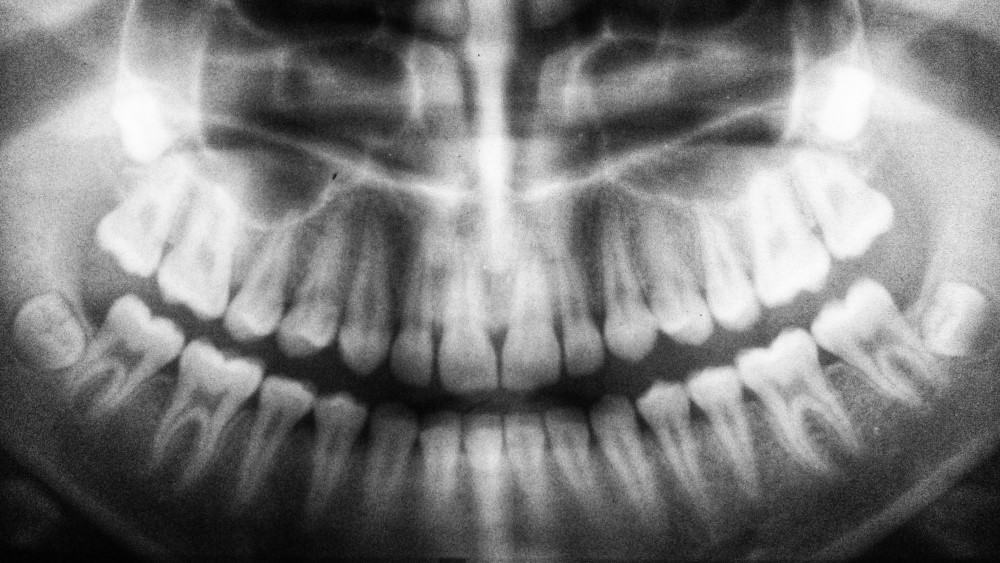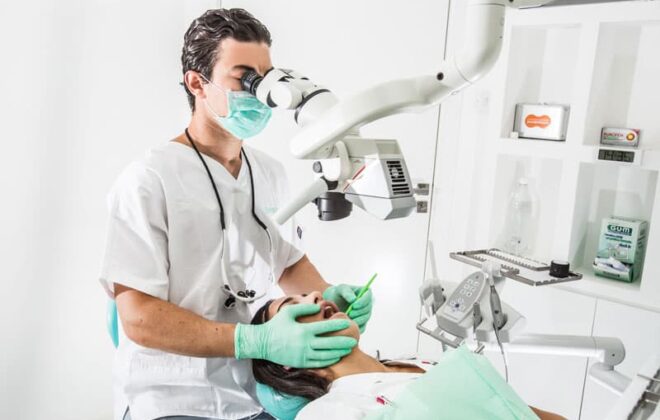Endodontic Imaging Prior to Treatment
As you’re hopping in the car for a road trip, what’s one of the first things you do? We’re guessing you plug in your destination on your GPS. Well, when we’re performing endodontic treatment, high-quality images serve as our road map. They guide your endodontist’s mission to restore your wellbeing and oral health. Digital imaging in endodontics is essential for a variety of reasons.
If you’re curious about why you need imaging before dental treatment, we hope to answer some of your questions.
As endodontists, our goal is to save your natural teeth whenever possible. This is ultimately what’s best for your oral and whole-body health. In many cases, endodontic treatment may be the only alternative to an extraction. Whenever you can keep your natural teeth, you maintain the look and feel of your bite, reduce wear and strain on your other teeth, and many other benefits. Endodontic techniques like root canals and diagnostic tools like modern imaging tools make it possible to save more patients’ teeth while relieving their pain.
Please always remember that this article is not a substitute for dental care. Your dental team works together to promote lifelong oral health and offer personalized treatment to appropriately address any oral health pain or issues.
The use of digital imaging in endodontics is fascinating if we do say so ourselves! This is one of many areas where modern technology and techniques open up new insights and options for better patient care. We’re living in a remarkable time when endodontists have better tools than ever to provide excellent care for you.
You may have heard that today’s root canal isn’t quite the same as the root canals of previous generations. More advanced digital imaging in endodontics is one reason for these improved outcomes. After all, the root system is tiny and intricate, and it is difficult — and often impossible — for the naked eye to clearly see the exquisite details. However, with new technology, we can visualize your entire root system, as well as your soft tissues, better than we previously could.
The Use of Dental X-Rays
Dentists of all types rely on x-rays to diagnose various conditions and document changes in dental health over time. You’re probably very familiar with bitewing x-rays in your general dentist’s office.
Sometimes patients are a little wary of dental x-rays. If you are one of those patients, we hope to reassure you that they are quite safe and very useful.
We use a modern, advanced non-film computerized x-ray system known as digital radiography. It is a low radiation imaging method producing radiation levels as much as 90 percent lower than traditional low-dose dental x-ray machines. Keep your dental team informed if you are pregnant or trying to conceive as a precautionary measure.
Dental x-rays are essential to the practice of dentistry, whether general dentistry, orthodontics, oral surgery, or endodontics. In fact, part of the reason the x-rays your dentist takes are so valuable is they can be easily shared with other referring doctors or dentists.
Operating Microscopes
As endodontists, we need to treat patients using an operating microscope or an endodontic microscope. This allows us to better see the tiny details within the mouth and root canal systems. After all, your roots are intricate and unique — and it’s important we map every facet of them to restore your teeth to full health. Improved visualization through the operating microscope, as well as taking photographs of these enlarged images, helps improve the outcome for you.
Cone Beam 3d Technology: The Game Changer
Cone Beam 3D technology is a game-changer in dental imaging, especially for the highly specialized practice of endodontics.
We are especially proud to use Cone Beam 3D technology at Ballantyne Endodontics. Cone Beam 3D technology is specialized imaging equipment providing very clear, three-dimensional color images of teeth, jawbone, nerve pathways, and soft tissues within a single scan. It’s really quite amazing, and it allows us to see what’s going on in your mouth from any angle!
Better images are beneficial to you because they generally mean fewer repeat visits. That’s because they allow your team to more quickly diagnose previously difficult conditions. Often cone beam technology even eliminates the need for some exploratory surgery, reducing both your recovery time and your costs.
The Food and Drug Administration initially approved this family of technology in 2001. The rotating beam captures a cross-section of images, including the middle of the tooth and the surrounding images.
It provides imaging including soft tissues and blood vessels that traditional x-rays missed. Going back to that GPS analogy, 3D Cone Beam imaging is like GPS for your unique root canal system and the anatomy of your particular teeth. After all, no two teeth are the same!
3D Cone Beam imaging overcomes some of the limitations of traditional x-rays, which are static in nature. Cone Beam often helps us find undetected infections and even tiny hidden canals. Sometimes this undetected infection caused a failed root canal procedure, so Cone Beam technology really can improve your outcomes and life!
Just having the best imaging tools isn’t enough. When you work with a highly skilled endodontics team, you benefit from specialized skills, cutting-edge technology, and a wealth of experience. The average dentist performs approximately two root canals per week. Endodontists focus on root canals and other specialized treatments exclusively. We know first-hand: Experience and practice can make all the difference in the world.
Combining Digital Imaging in Endodontics With Treatment
In summary, some of the medical benefits to the dental imaging tools include:
- The opportunity to better visualize any changes or abnormalities in your teeth, jaws, and soft tissues.
- The ability to more effectively and predictably plan treatment and even surgery.
- The chance to clearly see the tiny internal anatomy that is too difficult to see with the naked eye or older, traditional imaging technology.
When combined with state-of-the-art treatments, advanced imaging allows us to provide a more pleasant, less-invasive, and more accurate procedure with an even higher likelihood of success.
Whether you have suffered a traumatic injury, have a cracked tooth, or damaged roots, better images improve the diagnosis, treatment, and documentation process. And this means you can get back to a pain-free mouth that much sooner!
Combining the right tools and techniques with skilled, compassionate dental professionals takes it a step further. If you need a root canal or restorative treatment, ask for a referral to an endodontist. Your general dentist and endodontist work closely together as a team seeking the best care options for your needs.
Schedule Your Appointment Today
When looking for an endodontist, choose someone who uses the best dental imaging tools and state-of-the-art treatment options. We encourage you to select a specialist who is deeply committed to saving your natural teeth and who treats you as an individual.
If you live in Toronto, Ontario please consider the team at York Hill Endodontics for your endodontic needs. We feel privileged that Toronto-area residents trust their teeth to us. We have seen over and over how skilled care relieves pain and restores balance and confidence in our patients’ lives.
Contact us today to schedule a consultation or ask your dentist for a referral to our office
Article originally appeared at: https://www.ballantyneendo.com/
Author: Ballantyne Endo



